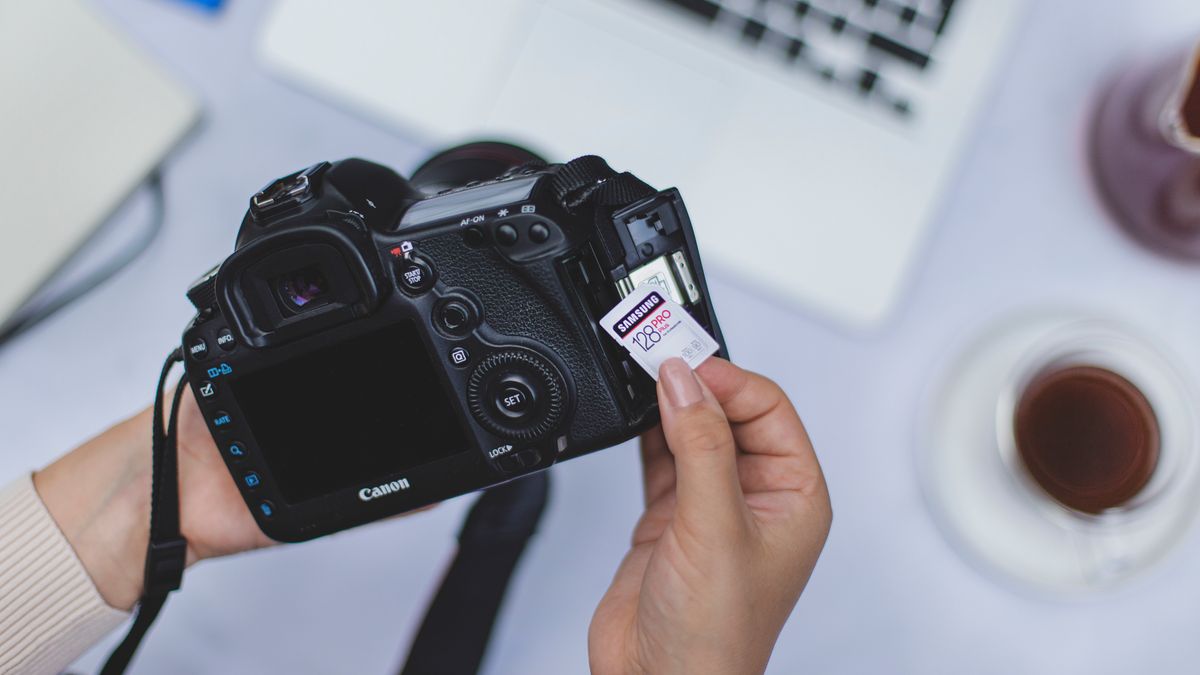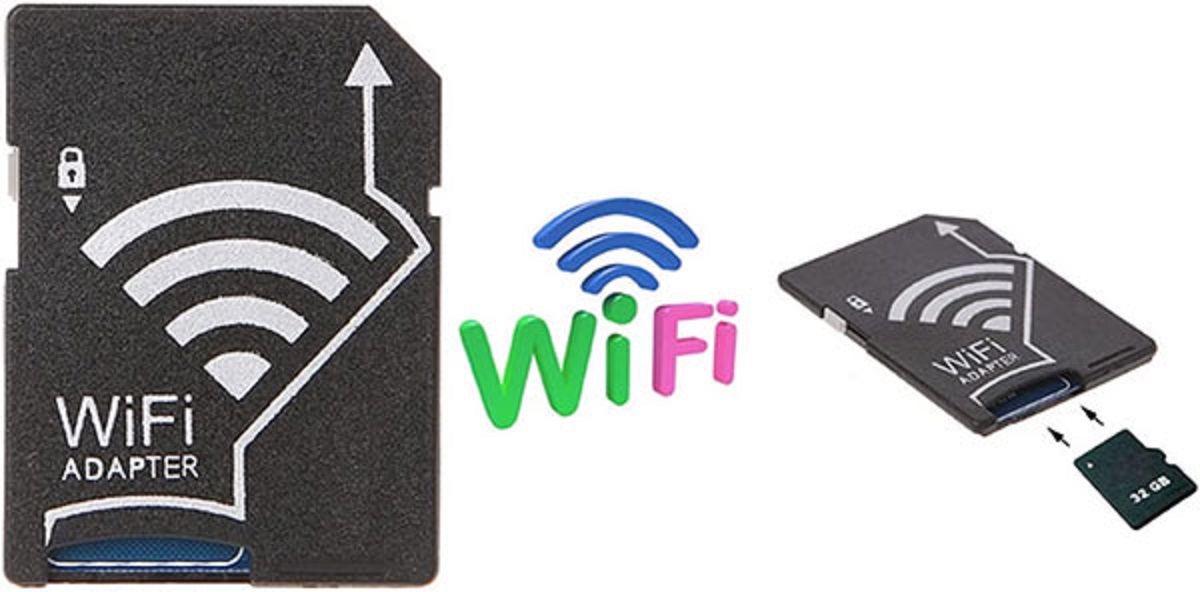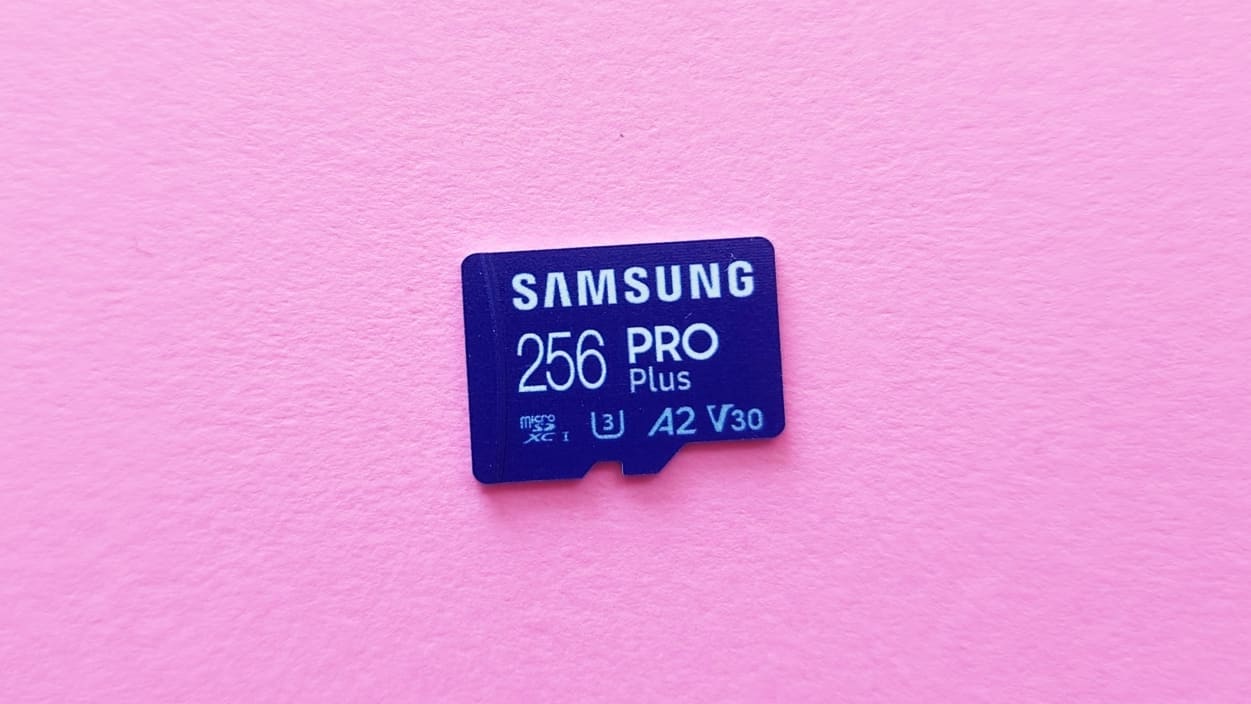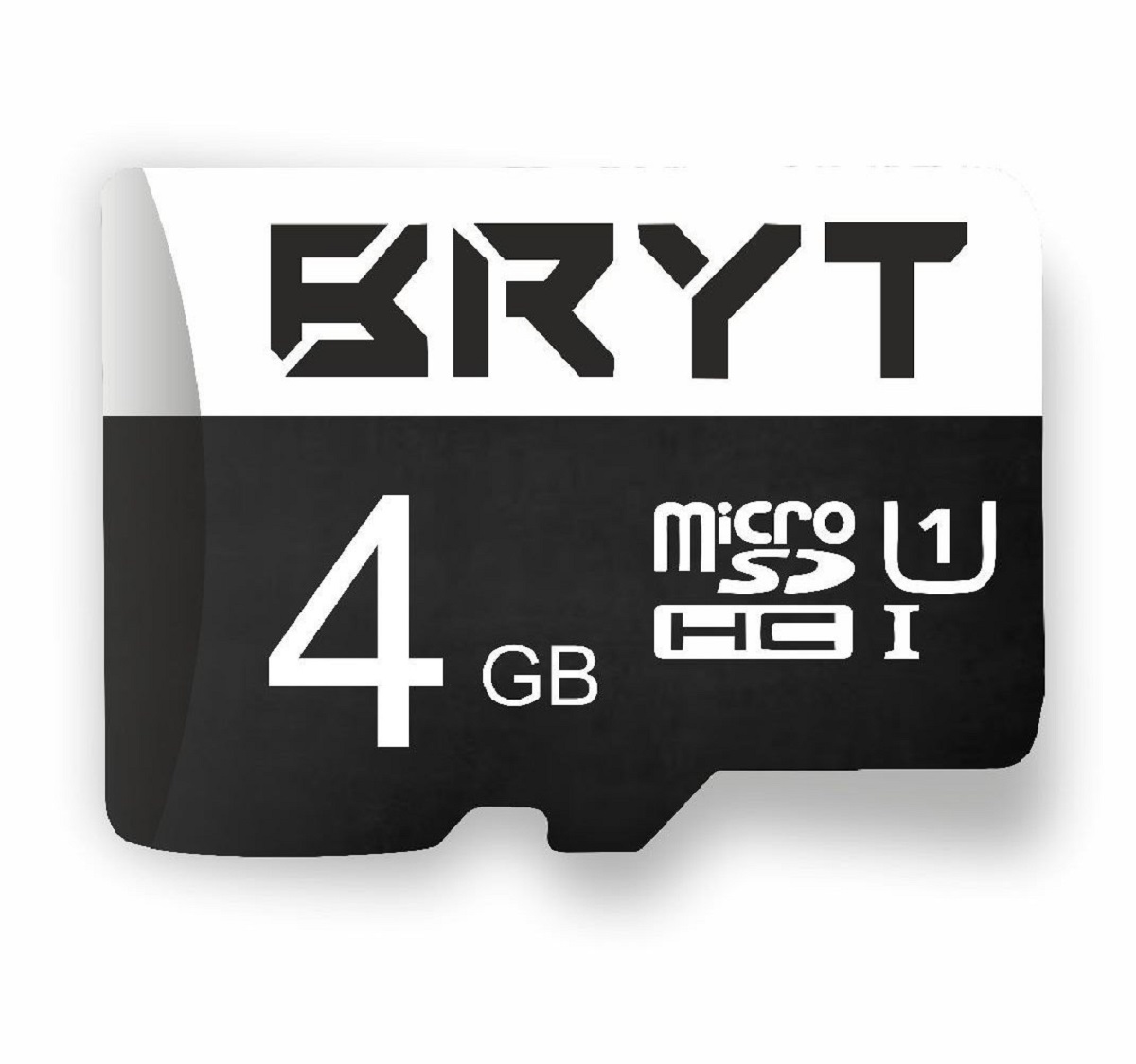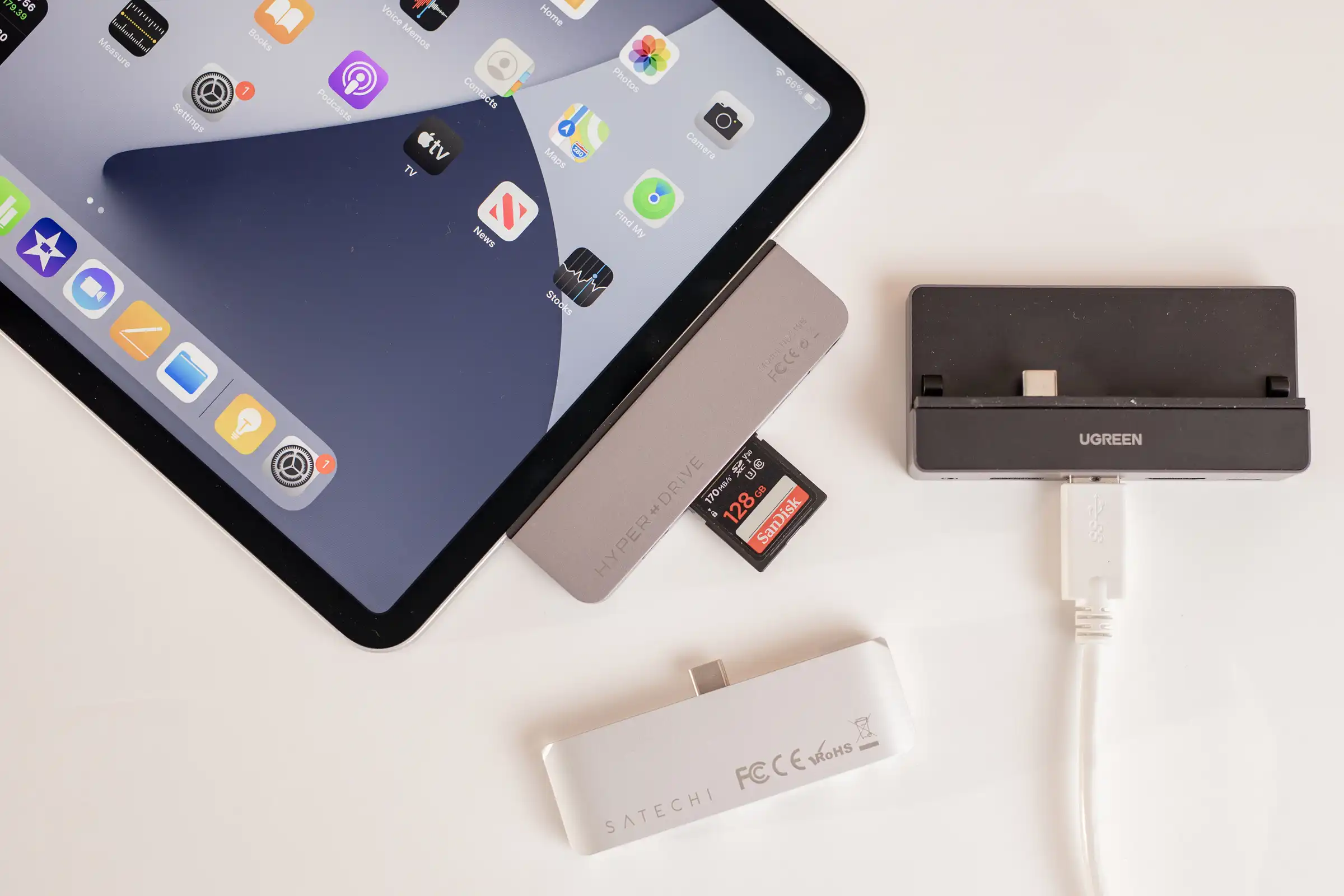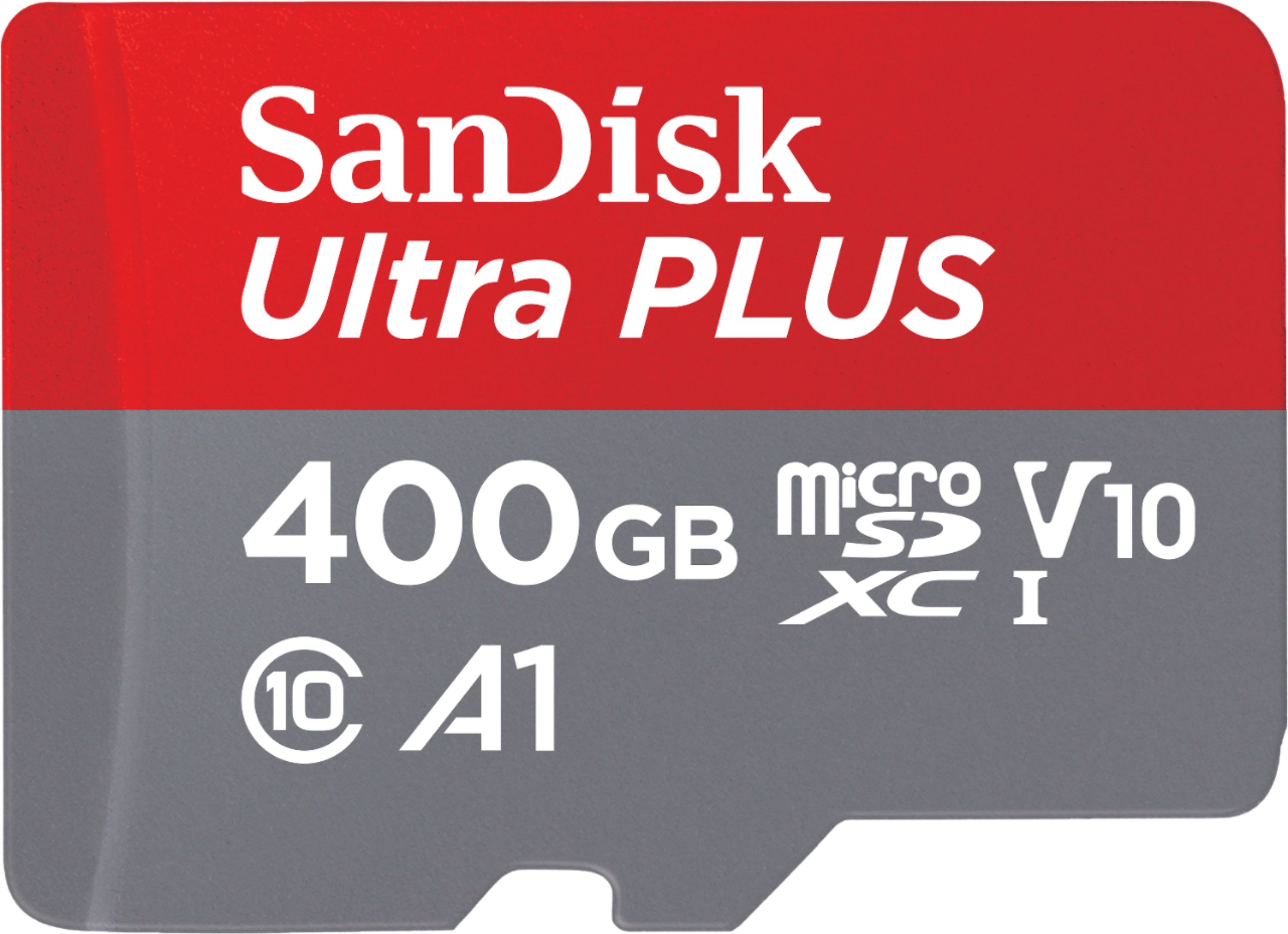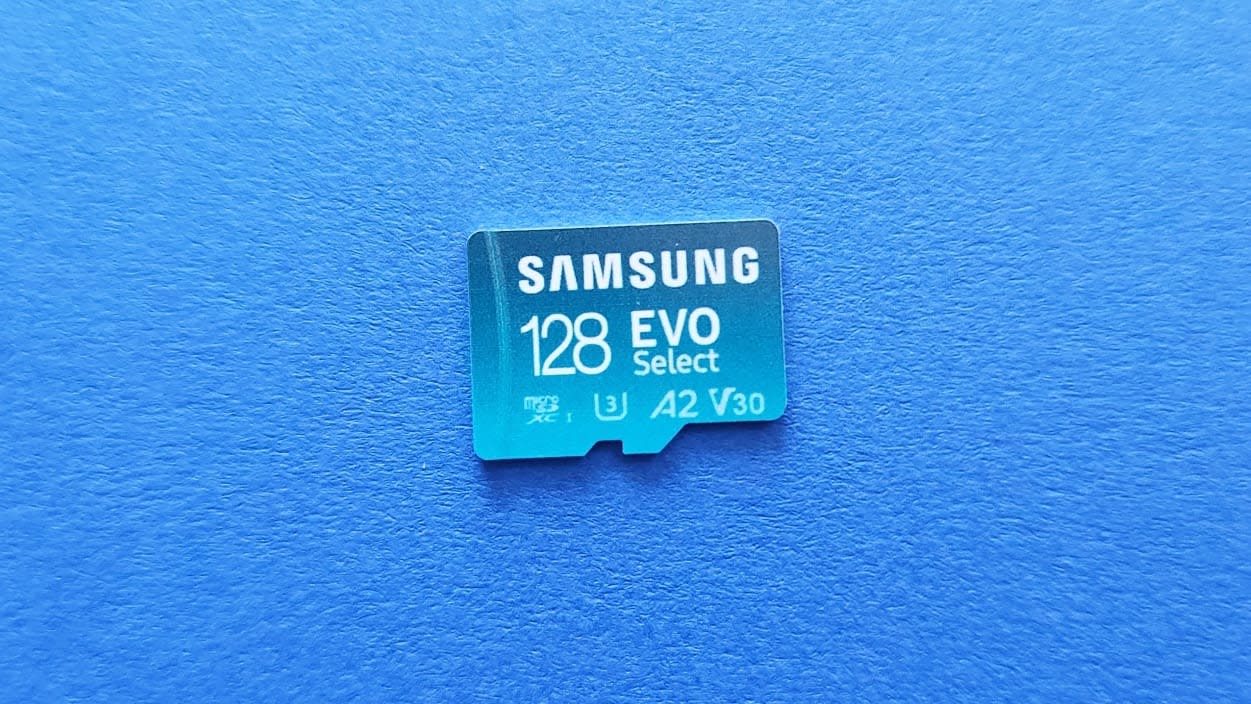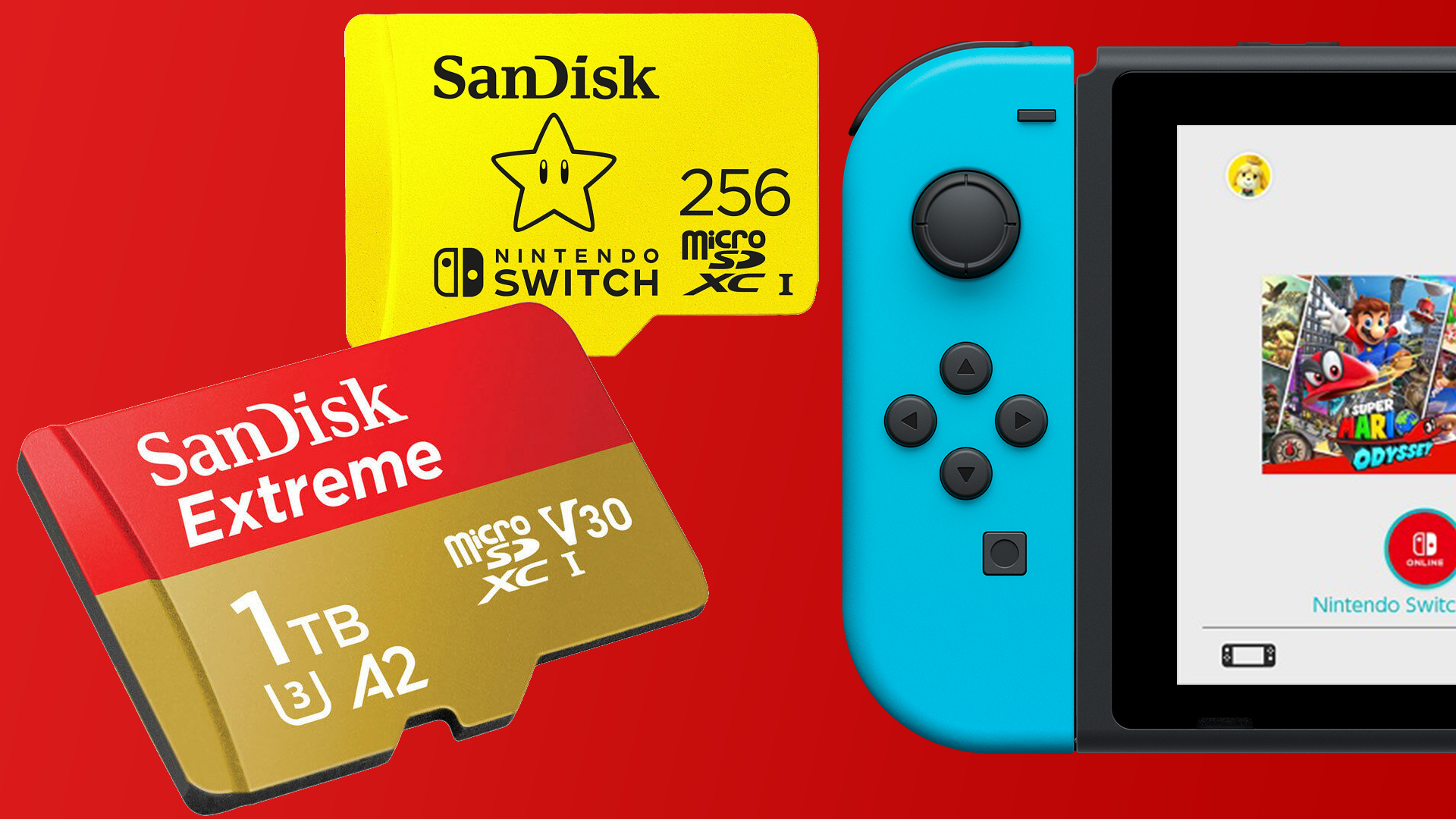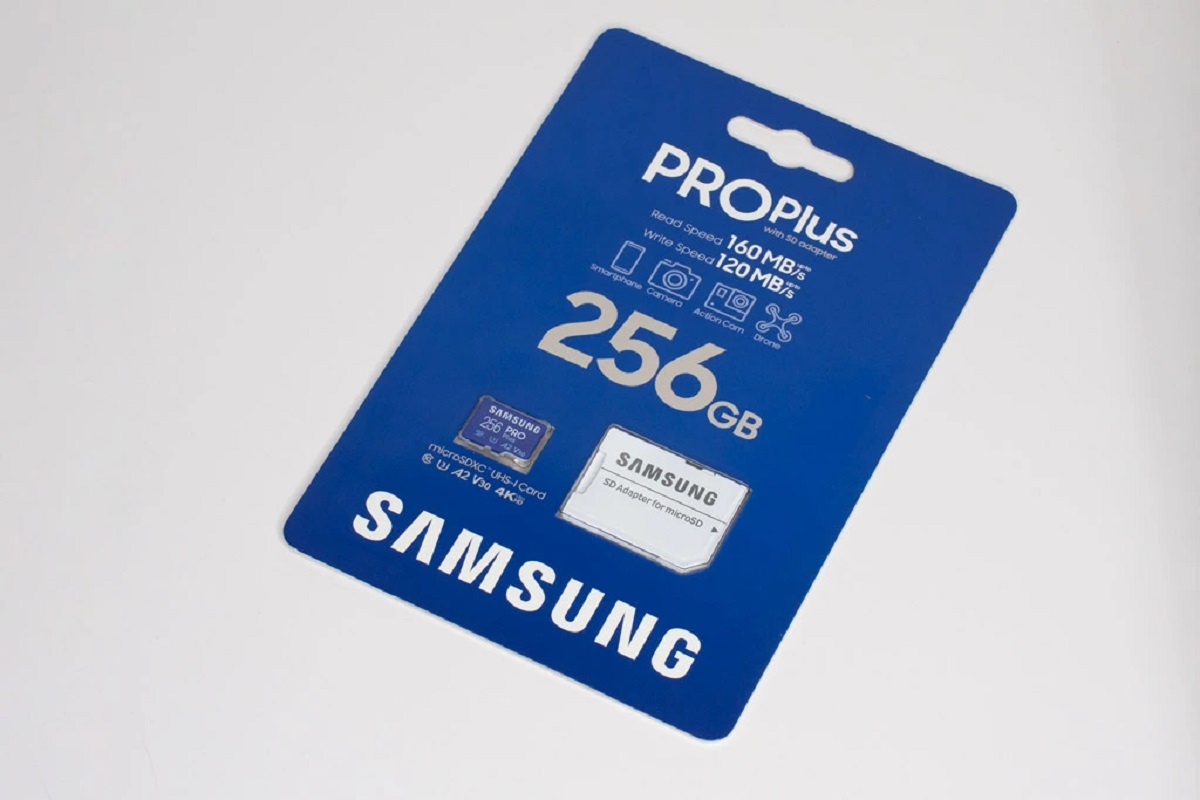Introduction
Understanding the Compatibility Between Micro SD Adapters and DSLR Cameras
In the ever-evolving world of digital photography, the need for versatile and convenient storage solutions is paramount. The advent of micro SD cards and their corresponding adapters has offered a compact and adaptable means of storing and transferring data across a myriad of devices. However, when attempting to use a micro SD adapter with a DSLR camera, users often encounter frustrating compatibility issues that can hinder their photography endeavors. This article delves into the intricacies of micro SD adapters and DSLR camera compatibility, providing insights and troubleshooting tips to address this common challenge.
The widespread adoption of micro SD cards and their adapters stems from their compact form factor and broad compatibility with various electronic devices, including smartphones, tablets, action cameras, and more. However, when it comes to using these adapters with DSLR cameras, users frequently encounter perplexing roadblocks that prevent seamless functionality. Understanding the underlying reasons for these compatibility issues is crucial for photographers seeking to leverage the convenience and flexibility of micro SD storage in their professional or recreational pursuits.
This article aims to shed light on the nuances of micro SD adapters and their interaction with DSLR cameras, offering practical guidance to troubleshoot and overcome the obstacles that may arise. By unraveling the complexities of this compatibility conundrum, readers will gain valuable insights into maximizing the potential of their DSLR cameras while harnessing the benefits of micro SD storage solutions. Let's embark on a journey to demystify the intricacies of micro SD adapters and their compatibility—or lack thereof—with DSLR cameras.
Understanding Micro SD Adapters
Micro SD adapters serve as indispensable tools for expanding the functionality of micro SD cards, enabling their use in devices equipped with standard SD card slots. These diminutive adapters are designed to accommodate the compact form factor of micro SD cards while ensuring compatibility with devices that only accept full-sized SD cards. Understanding the intricacies of micro SD adapters is essential for comprehending their interaction with DSLR cameras and the potential pitfalls that may arise.
At first glance, a micro SD adapter may appear deceptively simple, resembling a standard SD card in size and shape. However, its internal structure and functionality are key to its compatibility with a diverse array of devices, including DSLR cameras. The adapter features a slot that securely holds the micro SD card, aligning it with the electrical contacts within the adapter to establish a seamless connection. This design allows the micro SD card to effectively mimic the dimensions and functionality of a standard SD card, facilitating its use in a wide range of devices that support the SD format.
When utilizing a micro SD adapter with a DSLR camera, it is crucial to recognize that the adapter serves as an intermediary between the camera and the micro SD card. While the adapter itself may be physically compatible with the camera’s SD card slot, the underlying compatibility of the micro SD card within the adapter is equally—if not more—critical. Factors such as the speed class, capacity, and file system format of the micro SD card can significantly impact its performance and compatibility with the DSLR camera.
Moreover, the construction and quality of the micro SD adapter play a pivotal role in determining its reliability and compatibility with DSLR cameras. A well-engineered adapter with robust electrical contacts and a secure, durable housing can minimize the risk of connectivity issues and data transfer errors, enhancing the overall compatibility and functionality of the micro SD card within the DSLR camera.
By delving into the intricacies of micro SD adapters, photographers can gain a deeper understanding of the technology underpinning these versatile accessories. Armed with this knowledge, users can navigate the nuances of micro SD adapter compatibility with DSLR cameras and make informed decisions to optimize their photography workflow.
Compatibility Issues with DSLR Cameras
While micro SD adapters offer a convenient means of utilizing micro SD cards in a variety of devices, including DSLR cameras, compatibility issues often arise, posing challenges for photographers. Understanding the specific factors that contribute to these compatibility issues is essential for effectively addressing and mitigating them.
One of the primary compatibility concerns when using micro SD adapters with DSLR cameras revolves around the speed class of the micro SD card. DSLR cameras, especially those designed for professional or enthusiast use, demand high-speed data transfer capabilities to accommodate rapid burst shooting, 4K video recording, and other data-intensive tasks. If the micro SD card within the adapter does not meet the minimum speed requirements specified by the camera manufacturer, performance issues such as buffer overflows, recording errors, and sluggish operation may ensue, impeding the seamless functionality of the camera.
Additionally, the capacity of the micro SD card plays a pivotal role in its compatibility with DSLR cameras. Some older DSLR models may have limitations on the maximum capacity of the SD card they can support, potentially leading to incompatibility issues when using high-capacity micro SD cards via adapters. Furthermore, the file system format of the micro SD card—such as FAT32 or exFAT—must align with the camera’s compatibility specifications to ensure proper recognition and seamless operation.
Physical compatibility is another aspect that warrants attention, as certain DSLR cameras may exhibit varying degrees of tolerance for different types of micro SD adapters. Factors such as the thickness of the adapter, the positioning of the electrical contacts, and the overall build quality can influence the adapter’s compatibility with the camera’s SD card slot. In some cases, users may encounter challenges in securely inserting the adapter into the camera or maintaining a reliable connection, leading to intermittent recognition or data transfer issues.
Moreover, the electrical compatibility between the micro SD adapter and the DSLR camera’s SD card slot is critical for ensuring a stable and error-free connection. Variations in voltage, signal integrity, and data transfer protocols between different adapter models and camera designs can contribute to compatibility issues, potentially resulting in intermittent connectivity, data corruption, or outright inoperability.
By comprehensively understanding the compatibility issues that can arise when using micro SD adapters with DSLR cameras, photographers can proactively identify and address potential challenges, empowering them to optimize their storage solutions and streamline their photography workflow.
Troubleshooting Tips
When grappling with compatibility issues between micro SD adapters and DSLR cameras, employing targeted troubleshooting strategies can help photographers overcome obstacles and restore seamless functionality to their equipment. By implementing the following tips, users can navigate the intricacies of micro SD adapter compatibility and address common challenges encountered when integrating these storage solutions with DSLR cameras.
- Verify Speed Class Compatibility: Begin by confirming that the speed class of the micro SD card within the adapter aligns with the minimum requirements specified by the DSLR camera manufacturer. Upgrading to a higher-speed micro SD card, such as those classified as UHS-I or UHS-II, can enhance data transfer performance and mitigate issues related to buffer overflows and recording errors.
- Check Capacity and File System Format: Ensure that the capacity of the micro SD card falls within the supported range of the DSLR camera, taking into account any limitations on maximum card capacity. Additionally, verify that the file system format of the micro SD card, whether FAT32 or exFAT, complies with the camera’s compatibility specifications to facilitate seamless recognition and operation.
- Inspect Adapter and SD Card Slot Compatibility: Assess the physical compatibility of the micro SD adapter with the DSLR camera’s SD card slot, ensuring that the adapter securely fits into the slot without excessive play or resistance. Additionally, examine the build quality and dimensions of the adapter to ascertain its compatibility with the camera’s slot design.
- Clean Contacts and Ensure Secure Connection: Periodically clean the electrical contacts on both the micro SD adapter and the DSLR camera’s SD card slot to remove any debris or oxidation that may impede connectivity. Ensuring a secure and reliable connection between the adapter and the camera can mitigate intermittent recognition and data transfer issues.
- Update Firmware and Drivers: Check for firmware updates for the DSLR camera and drivers for the micro SD adapter, as manufacturers often release compatibility enhancements and performance optimizations through software updates. Keeping the camera’s firmware and adapter drivers up to date can address underlying compatibility issues and improve overall functionality.
- Test with Different Adapters and Cameras: Experiment with alternative micro SD adapters and DSLR cameras to discern whether the compatibility issues stem from specific hardware configurations. By testing different combinations, users can identify potential compatibility mismatches and explore alternative solutions.
By implementing these troubleshooting tips, photographers can navigate the complexities of micro SD adapter compatibility with DSLR cameras and mitigate common issues that may impede the seamless integration of these storage solutions. Armed with practical strategies to address compatibility challenges, users can optimize their photography workflow and harness the full potential of their DSLR equipment in conjunction with micro SD storage.
Conclusion
As photographers strive to leverage the versatility and convenience of micro SD storage solutions in their DSLR cameras, understanding the intricacies of compatibility with micro SD adapters is paramount. The interplay between the speed class, capacity, file system format, and physical and electrical compatibility factors can significantly influence the seamless integration of micro SD cards via adapters with DSLR cameras.
By unraveling the complexities of micro SD adapters and their interaction with DSLR cameras, users can proactively address compatibility issues and optimize their storage solutions to align with the demands of professional or recreational photography. The troubleshooting tips outlined in this article provide practical guidance for navigating and mitigating common challenges associated with micro SD adapter compatibility, empowering photographers to overcome obstacles and streamline their workflow.
As the digital photography landscape continues to evolve, the demand for adaptable and efficient storage solutions remains a constant. The potential of micro SD storage in conjunction with DSLR cameras is vast, offering compact and versatile options for capturing, storing, and transferring high-resolution imagery and multimedia content. By arming themselves with a comprehensive understanding of micro SD adapter compatibility, photographers can harness the full potential of these storage solutions while maximizing the performance and functionality of their DSLR equipment.
Ultimately, the seamless integration of micro SD cards via adapters with DSLR cameras hinges on meticulous attention to compatibility considerations and the implementation of targeted troubleshooting strategies. By navigating the nuances of compatibility and embracing proactive measures, photographers can unlock the full capabilities of their DSLR cameras while embracing the flexibility and convenience of micro SD storage solutions.
With a nuanced understanding of micro SD adapter compatibility and a repertoire of troubleshooting techniques at their disposal, photographers can embark on their creative pursuits with confidence, knowing that their storage solutions are optimized to complement the exceptional capabilities of their DSLR cameras.







